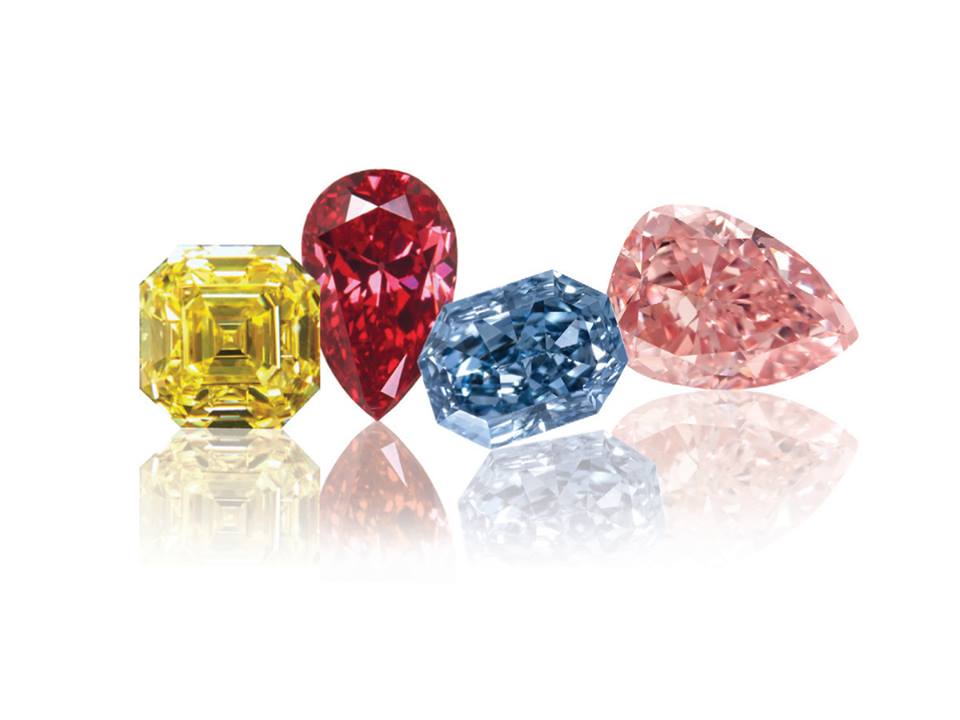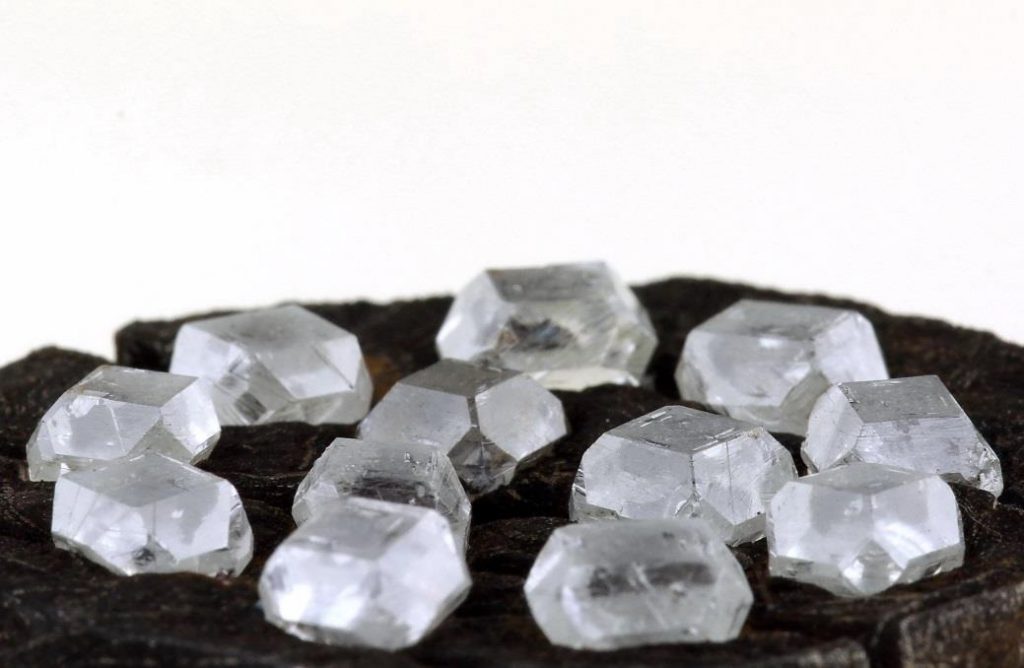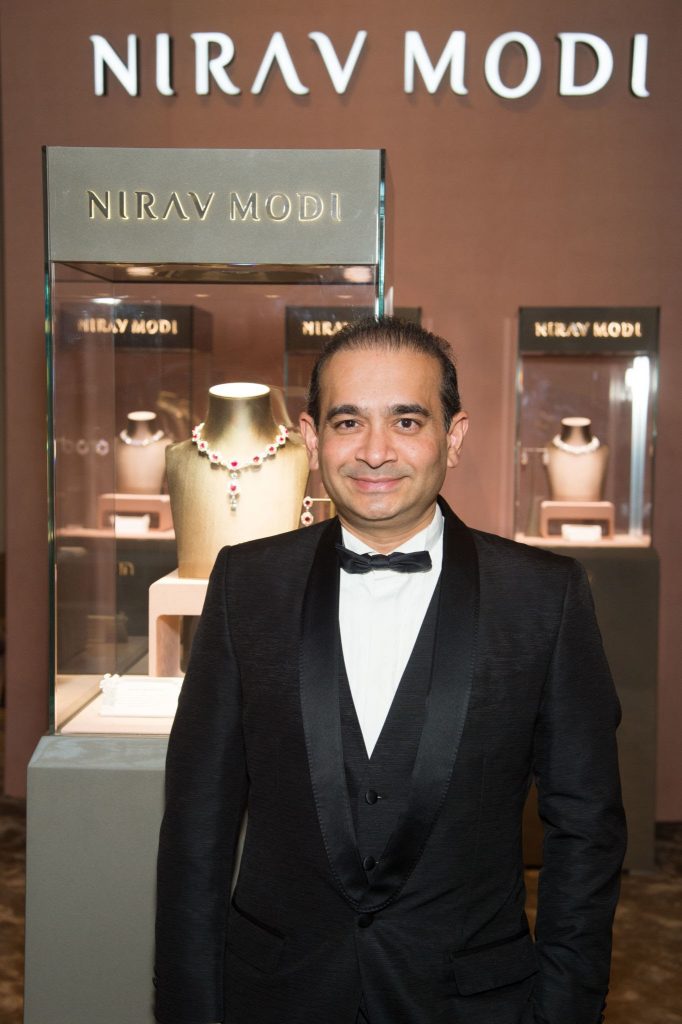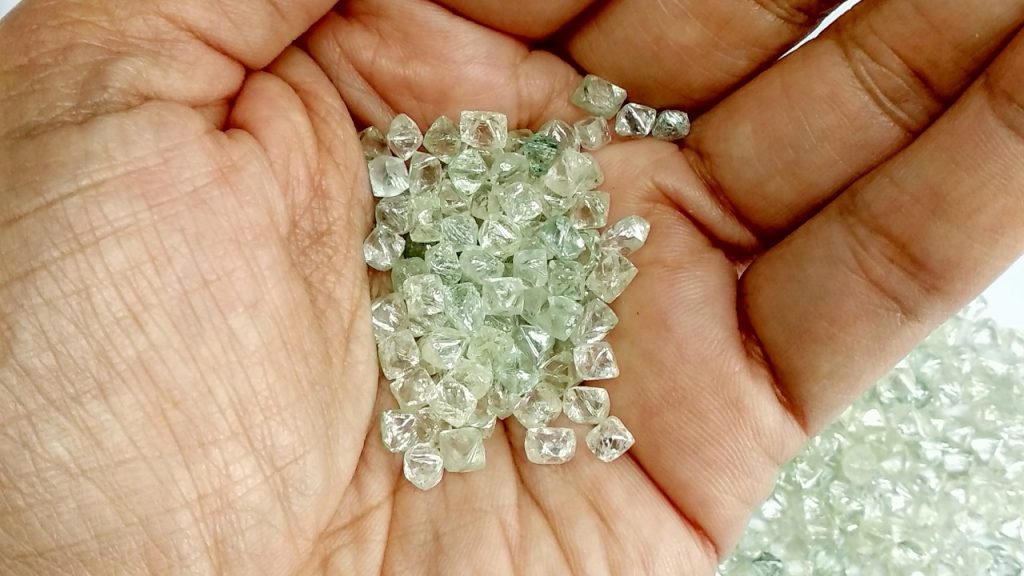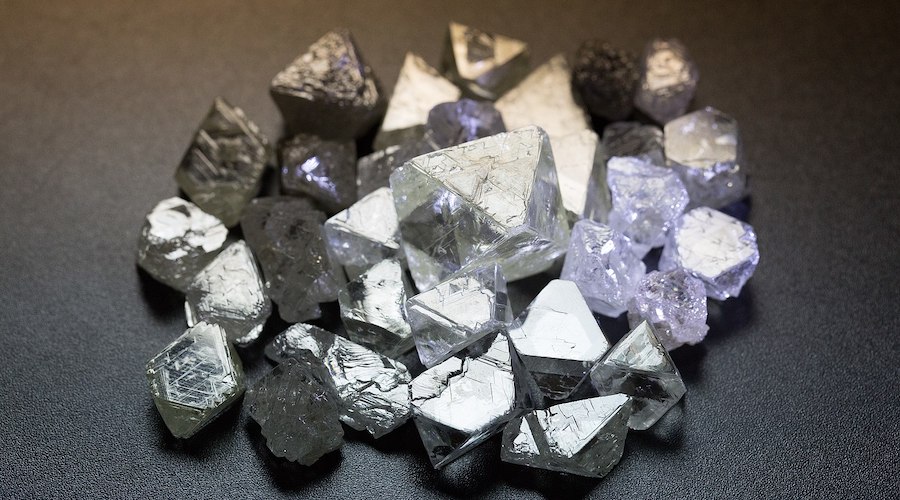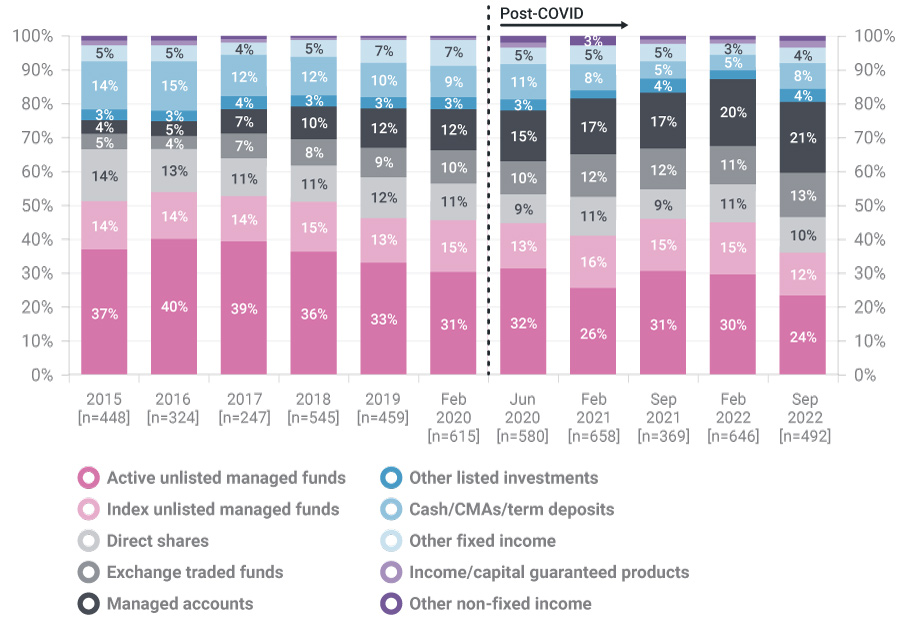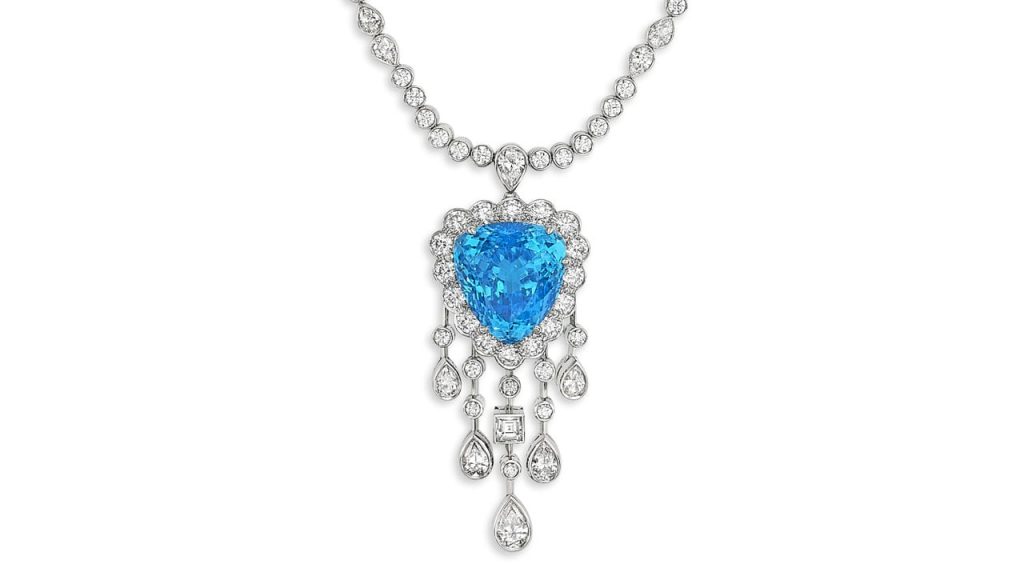
Conflict diamonds, also known as blood diamonds, are diamonds that have been mined in war zones and sold to finance armed conflict against governments. These diamonds are typically mined under inhumane conditions by workers who are often forced to work in dangerous and exploitative conditions.
The profits from the sale of these diamonds are then used to fund armed conflicts, which often involve violence, human rights abuses, and forced labor. This cycle of violence and exploitation is known as the “diamond curse.”
To combat the trade in conflict diamonds, the international community has established the Kimberley Process Certification Scheme, which requires that all rough diamonds be certified as conflict-free before they can be sold on the international market. The Kimberley Process has helped to significantly reduce the trade in conflict diamonds, but concerns remain about the effectiveness of the scheme and the ongoing trade in illicit diamonds.
What percentage of diamond production are conflict diamonds
The percentage of diamond production that can be considered conflict or blood diamonds has decreased significantly since the introduction of the Kimberley Process Certification Scheme in 2003. According to the Kimberley Process, the percentage of conflict diamonds in the global diamond trade has fallen from approximately 15% in the 1990s to less than 1% today.
However, it is important to note that some critics have raised concerns about the effectiveness of the Kimberley Process in preventing the trade in conflict diamonds. They argue that the definition of conflict diamonds used by the Kimberley Process is too narrow, and that some diamonds mined in areas of conflict may still be entering the market through illegal channels.
Furthermore, there have been reports of human rights abuses and unethical practices in diamond mining in countries that are not considered conflict zones. So while the percentage of conflict diamonds in the global diamond trade is believed to be low, it is important to remain vigilant and continue efforts to ensure that all diamonds are mined and traded ethically and responsibly.
How do i ensure the diamond i buy is conflict free
To ensure that the diamond you buy is conflict-free, you should look for a diamond that has been certified as such by a reputable organization. The most widely recognized certification scheme for conflict-free diamonds is the Kimberley Process Certification Scheme (KPCS), which was established in 2003 to prevent the trade in conflict diamonds.
Here are some steps you can take to ensure that the diamond you buy is conflict-free:
- Buy from a reputable jeweller: Look for a jeweller that is committed to selling conflict-free diamonds and has a policy in place to verify the origin of their diamonds. Many jewelers are members of organizations that promote ethical and responsible diamond sourcing, such as the Responsible Jewellery Council or the Jewelers of America.
- Ask for a certificate of authenticity: Ask your jeweller for a certificate of authenticity that verifies the origin of the diamond you are interested in buying. The certificate should state that the diamond is conflict-free and has been mined and traded in compliance with the Kimberley Process.
- Look for laser inscriptions: Some diamonds may have a laser inscription on the girdle that indicates the origin of the diamond and its certification number. This can be a helpful way to verify the diamond’s origin and ensure that it is conflict-free.
- Consider buying a lab-grown diamond: Lab-grown diamonds are an ethical and sustainable alternative to mined diamonds. They are produced in a laboratory using advanced technology and do not have the same environmental or social impacts as mined diamonds.
By taking these steps, you can help ensure that the diamond you buy is conflict-free and has been mined and traded in a responsible and ethical manner.
Source: Roy Cohen DCLA

